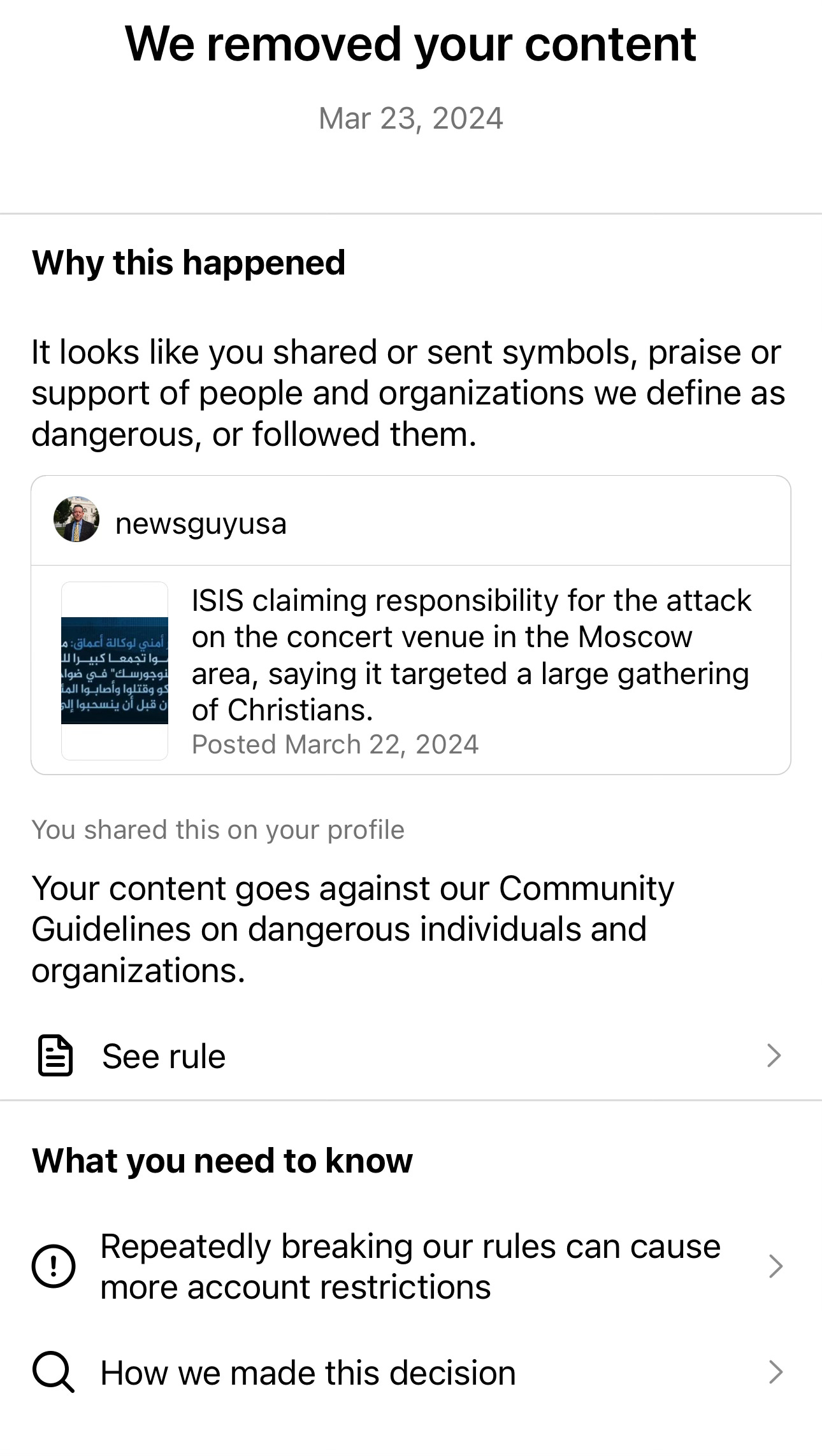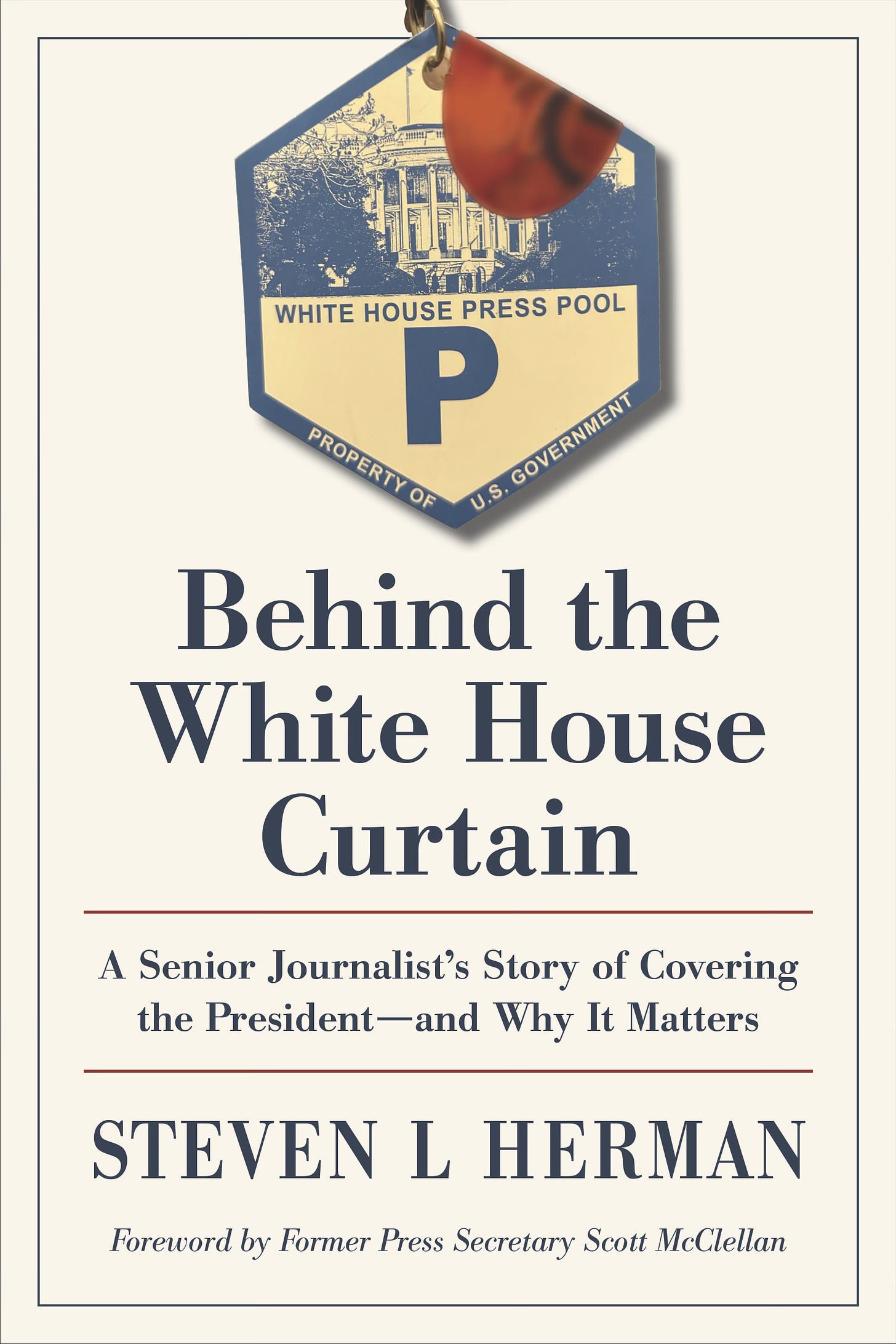
I was among the journalists “permanently suspended” by Elon Musk’s Twitter and now it looks like I am on thin ice over at Mark Zuckerberg’s Threads.
After deciding last November to stop posting news to Twitter, which had devolved into a quagmire of crypto and libido enhancement advertisements, hate speech, trolling and bots — many of such accounts recipients of the blue “verified” check mark — I sought a new social media home base.
Establishing accounts on a number of platforms, I hoped to replicate the engagement enjoyed on pre-Musk Twitter, now rebranded as X. Each of the aspiring platforms, however, has flaws.
Bluesky waited too long to open up as a refuge for those exiting Twitter. I have less than 600 followers there so I rarely post on Bluesky.
On post.news I gained more than 5,700 followers but engagement has been disappointing so I also eschew it.
Mastodon, which is part of the non-profit network of independent “instances” or servers known as the Fediverse, has shown the most promise. When I encamped in November of 2022 it was mostly a haven for an eclectic bunch I described as a majority of nuclear physicists and cat ladies. It still has a lot of science and cat photos, but has modestly expanded to a universe of 15 million accounts (although how many are really active and how many are bots is debatable). I have 55,000 followers there and engagement is robust — better than it was on Twitter where I had twice as many followers — but Mastodon can be technically overwhelming for novices. I immensely enjoy its lack of advertising and algorithms. Since it is one of the few social media platforms not owned by a profit-making enterprise it is likely to remain a niche outpost.
I also have the ability to post on Substack Notes, Spoutible, LinkedIn and other platforms more obscure, but none fit the bill as a replacement for Twitter. The best candidate, until Friday night, had been Threads, under the Meta corporate umbrella. I was excited that, during the past week, Threads initiated a one-way output link to the Fediverse and promise of future greater interconnectivity.
Zuckerberg and the Meta team have made no secret of their desire to de-emphasize news and political content on Threads, but a number of journalists set up shop there anyway. I have gained 5,700 followers and found an appreciative and interactive audience for the type of unbiased headlines material I had posted on Twitter for 15 years. Threads has its annoyances — it always defaults back to ‘For You’ rather than the desired ‘Following’ regarding accounts in one’s timeline. And the algorithm certainly does not favor newsy accounts like mine. Threads has also, by default, throttled users from seeing what is deemed political content. That switch can now be turned off by individual users but it is difficult to find. There is a similar restriction with Instagram.
Threads’ shortcoming were tolerable until Friday night. That is when a group of gunmen attacked a concert venue outside Moscow, killing more than 130 people. I immediately began posting details from credible sources to both Mastodon and Threads. When I noted that ISIS was claiming responsibility I ran into trouble on the latter platform.
As the result of either an AI censor or a human moderator, my Threads posting was deleted. Was it because I noted Islamic State claimed it had targeted Christians or was it due to the Arabic language screen shot with the original ISIS claim? Regardless, both were newsworthy and were showing up on the web sites of news outlets and on other social media platforms, especially Twitter/X.
Threads’ notification (inside the ‘See why’ tab) contained a warning that posting similar content could lead to my account being further restricted.
I am well aware of how punitive algorithms can be. I had little doubt after Twitter reinstated my account, following my agreeing to delete certain tweets about Elon Musk taking action against the ElonJet account, that the algorithm on X was partly responsible for the declining engagement with my tweets — despite the number of my followers staying steady. Some of it was certainly due to others abandoning out of disgust their accounts but not deleting them. There seemed to be a cap on the total views of my posts no matter how many reposts, likes and comments generated. (There’s a bit more on this Twitter suspension saga in my upcoming book Behind the White House Curtain, which — inserting shameless promotional plug — you can pre-order now).
Elon Musk owns Twitter, I mean X, and it’s now his private sandbox. Thus, he can invite in or throw out others at his whim, apparently with no legal worries. I am maintaining my @W7VOA account there so an imposter cannot subsequently purloin it.
Threads, however, is theoretically held to a higher standard. It is part of a publicly-traded company, which also has Facebook, Instagram and WhatsApp, owned by its shareholders. Zuckerberg, as CEO, retains nearly 350 million shares (13.5% of its outstanding shares), meaning he is ultimately answerable to a board of directors, the majority of voting stockholders and regulators. In a year where critical elections are being held in eight of the ten most populous nations (including India and the United States) and Meta cumulatively hosting five billion active social media accounts, the company’s finger on the scale weighing the delicate balance of freedom of speech vs. controls on hate speech and disinformation/misinformation could tip electoral balances.
This posting is unlikely to have an iota of influence on Meta. I have accounts on all of the Meta platforms but own no stock in the parent company. Do I protest by de-activating all of those accounts? Certainly that would be a futile gesture.
Of one thing I am certain: We are unlikely — at least for years to come — to have a replacement for the global town hall Twitter represented. That audience has splintered and unlikely to reunite under one roof. Some of my followers on Threads suggest I return to actively posting on X, as I’ll reach the maximum number of people there, arguing there’s a critical need for the type of reliable real-time information on major global events that I was posting up to 100 times daily. I always saw what I was doing there as a public service, which I realized initially during my tweeting from Fukushima. I want to be a counterforce online to the growing muck of disinformation, especially that propagated with increasing sophistication by state actors or their sympthizers in China, Iran, Russia and elsewhere. What is the ideal way for me to do this? I welcome your suggestions.



















First, I enjoy and look forward to your posts in spite of the fact that you post about news I wish you didn't have to post about.
I follow you on Mastadon and Twitter but don't tweet or follow twitter much because of the issues with the platform.
I think you are going about it the right way with informed decisions and tailoring your activity to that data.
Thanks again!
Transmit on a frequency adjacent to a Numbers Station... https://en.wikipedia.org/wiki/Numbers_station
Seriously, I have no idea what to tell you. I was always surprised how Facebook and Twitter (X) kept going. Used to be that social media sites came-up, were popular shortly, then people moved onto the next popular site (e.g. MySpace)